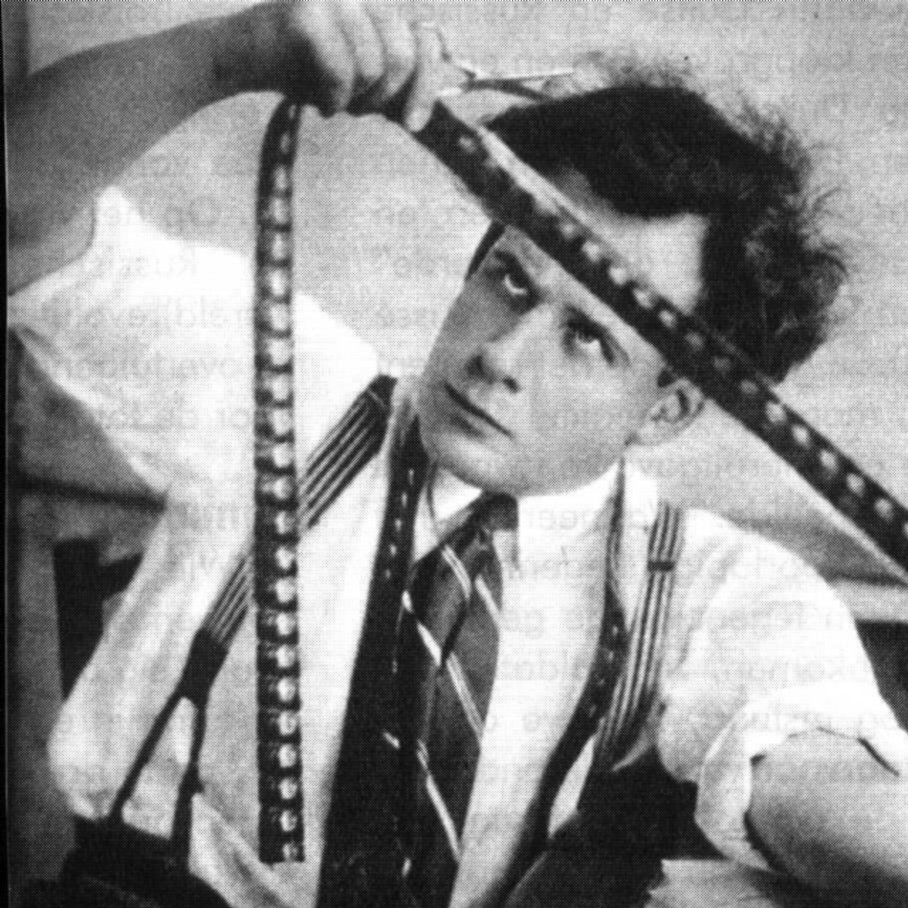The cities where I live where obviously designed for cars, are there any proposals on how to transition cities built to favour cars over to other forms of transportation or examples of cities that have done so? I know it’s probably possible but my imagination is limited.
I don’t have sources in front of me at the moment, but Amsterdam was very much a car city up into the 1970s or so. At some point they realized that they were losing their city to cars and made some changes, now Amsterdam has a very useful tram and metro network as well as being the symbol of a bike centric city.
deleted by creator
IMO, you can start by reserving lanes in a street for transit. A dedicated bus lane in each direction is dead simple to implement, and goes a long way to making the bus service both faster and more punctual, especially when combined with reactive traffic lights that automatically prioritize busses (knows when a bus is approaching the intersection and always turns the light green for it). After that, you can start thinking about converting those lanes into light rail.
For a wide street, like a six lane highway or larger, you’d probably want to reserve the centre lanes and put the platforms on the centre island (or if there’s no island or too narrow an island, reserve three or four lanes, use two for tracks and either the centre or side spaces for the platforms). That way, once car use on that street drops off, you can eliminate lanes to the sides and convert them into green space, and/or paths for pedestrians and bikes. There are also a few advantages with running busses and trains on the centre lanes, such as you have a wider turning radius, and you won’t get cut off by cars turning right.
deleted by creator
Should I go to city council meetings and bring up the issue every time, how I can’t get anywhere because I’m visually impaired and you can’t get anywhere on foot or bike?
Sure, why not? It might even be insightful. Maybe plan a bit about what you want them to do or take away from your speech, rather than merely point out the problem: is the solution to make public transport a viable alternative to cars? Is it to add paths for bikes and/or walking?
Portland where I live seems to be in a weird spot where the people at the top are trying to push towards transit, bikes, and pedestrians. Unfortunately they’re pushing against decades of built infrastructure and a general culture of cars, cars, cars. There’s also a metro area that isn’t always in sync with the City of Portland proper on prioritizing non-car modes of transportation. It’s at least good to see some good people at the top.
Portland doesn’t really have the density to put in many more trains just because of cost. However, where it does have money is in two spots: upgrading bus service to better frequency, time of day, and facilities. That has been happening recently with one high traffic corridor. I’d also like to see some way to reach suburbs that are somewhat far away from a frequent bus line, but have many low income people who don’t have a car.
How new would you say this approach is, where people at the top are making Portland less car-centric? (are we talking 5 years or 20 years?)
How successful and popular would you say the changes so far have been?
It started around the 70’s with Portland’s freeway revolt. There had already been some push back against one freeway by prominently black neighborhoods, but this was a more powerful movement from the city as a whole. One planned freeway that would have taken out 1% of Portland’s housing was canceled, the Mt. Hood Freeway. Another proto-freeway that ran along the downtown waterfront was ripped out and replaced with a smaller boulevard and a strip of parkland, now the Tom McCall Waterfront Park after a governor who was instrumental in getting in built.
The federal money that was to go to the Mt. Hood Freeway was instead put towards the first 15 miles of track of the MAX light rail train. Since then, it’s been extended to almost 100 miles and 5 lines. Bicycle advocates don’t just have the ear of city council, they are city council. Portland’s been building out bicycle infrastructure ever since the 50’s. It’s no Amsterdam, but we’re decades ahead of most cities in the US. The area that I live in, Central Eastside, is within a safe bike ride of downtown Portland. Biking in isn’t too different from driving in and parking time wise, plus I save a lot on having a car, paying for fuel, parking, etc.
@cameraandsickle I think that is a VERY special question due to the fact, that even Europe has “borders” regarding train connections. Jon Worth is worth following to this https://jonworth.eu/
@cameraandsickle maybe ask @SheDrivesMobility







